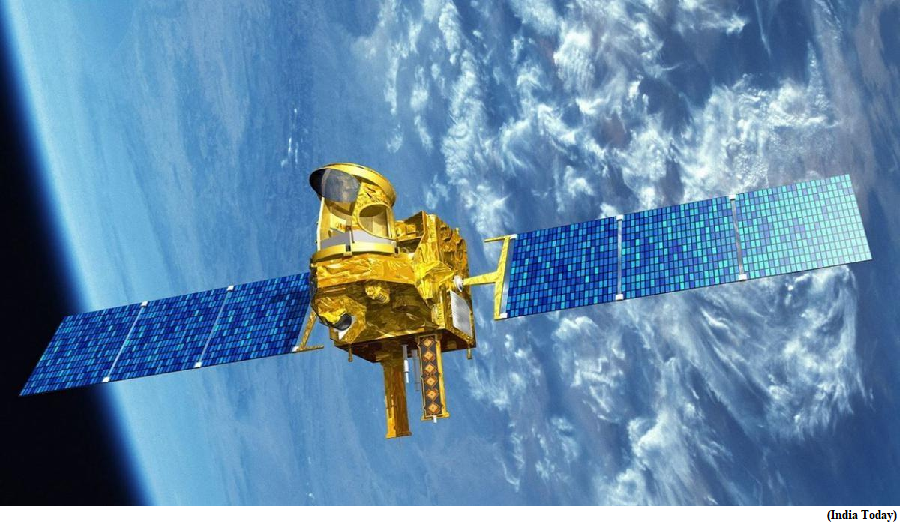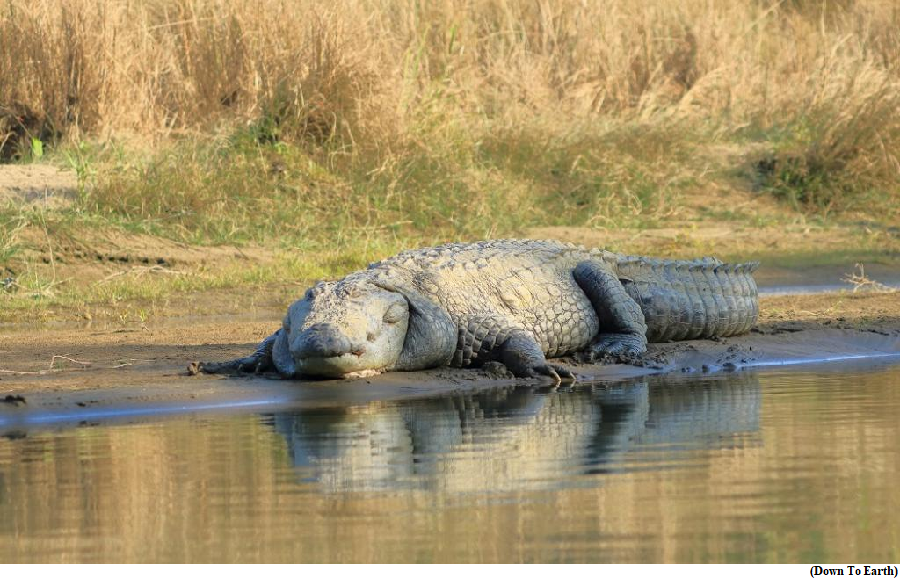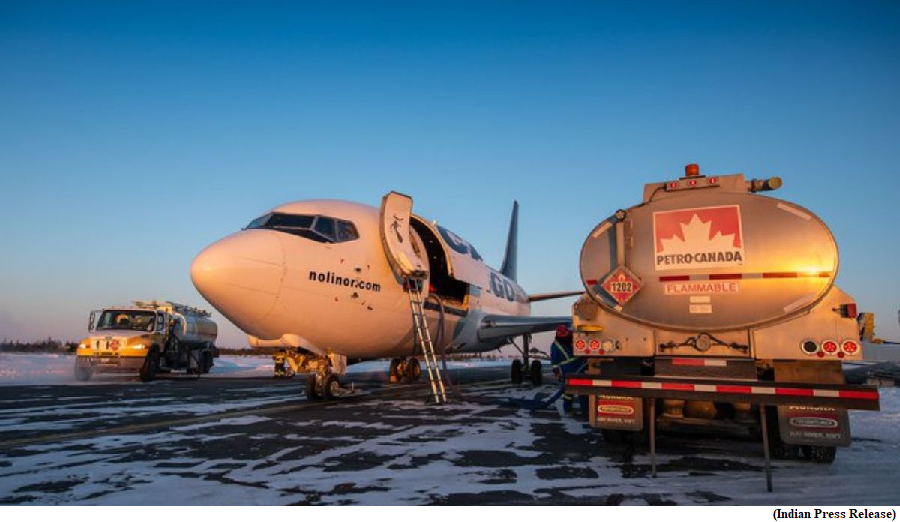Megha Tropiques 1 (GS Paper 3, Science and Tech)

Why in news?
- The Indian Space Research Organisation (ISRO) is set to crash a satellite, marking the end of life for the mission. The Megha-Tropiques-1 (MT1) will re-enter Earth's atmosphere and burn in the skies after serving for over a decade.
Background:
- Megha-Tropiques-1 was launched into Low Earth Orbit (LEO) on October 12, 2011, as a joint mission developed by ISRO and the French space agency, CNES, for tropical weather and climate studies.
- The mission was initially planned to operate for three years, but it was extended later as it continued to deliver key data about the climate for a decade.
What is Megha-Tropiques-1?
- Megha-Tropiques-1 is a joint programme between the ISRO and CNES. Megha in Sanskrit is ‘cloud’ and Tropiques in French means ‘tropics’.
- The spacecraft was constructed by ISRO, based around the IRS bus developed for earlier Indian satellites, and carried four instruments to study the Earth′s atmosphere.
- According to the Meteorological & Oceanographic Satellite Data Archival Centre, the tropical belt receives more energy from the Sun than it radiates back into space.
- The excess energy is transported to temperate regions by the motion of the atmosphere and oceans. Variation in the energy budget of the tropics has the potential to affect the whole planet, making it important for scientists to understand.
Why is ISRO crashing Megha-tropiques-1?
- ISRO is crashing the satellite as part of its commitment to the United Nations Inter-Agency Space Debris Coordination Committee (UNIADC) following the end of the mission life. The UN guidelines state that at its end-of-life the satellite should be deorbited, preferably through controlled re-entry to a safe impact zone, or by bringing it to an orbit where the orbital lifetime is less than 25 years.
- The other option was to leave it for good in its orbit as it continued to decay. However, in that case, the orbital lifetime of MT1, weighing about 1000 kg, would have been more than 100 years in its 20 deg inclined operational orbit of 867 km altitude.
- The spacecraft still has about 125 kg of onboard fuel that could pose risks for accidental break-up, making it critical for ISRO to de-orbit it.
- The leftover fuel is estimated to be sufficient to achieve a fully controlled atmospheric re-entry. Controlled re-entries involve deorbiting to very low altitudes to ensure impact occurs within a targeted safe zone.
Where will Megha-tropiques-1 crash?
- ISRO has performed 18 orbit maneuvers since August 2022 to progressively lower the orbit of the defunct spacecraft. The final two orbit maneuvers will put it on a course to re-enter Earth and burn up in the atmosphere.
- It has selected an uninhabited area in the Pacific Ocean as the targeted re-entry zone for MT1.
Muggers of Rapti: Anthropogenic threats pose risk to saurians in Nepal’s Chitwan National Park, says study
(GS Paper 3, Environment)
Why in news?
- Anthropogenic threats like illegal fishing and sand mining pose a threat to the mugger crocodiles (Crocodylus plaustris) of the Rapti river flowing along the Chitwan National Park (CNP) in south-central Nepal, contiguous to the Valmiki Tiger Reserve in Bihar, according to a recent study.
- A win-win conservation situation between vulnerable muggers and the local community is necessary for the viable and long-term conservation of muggers in the Rapti River.
- The scientists urged the authorities of CNP “to prioritise integrating local ethnic and river-dependent communities into effective conservation and management programmes with livelihood opportunities”.

About Mugger:
- The mugger or marsh crocodile is one of the 24 extant species of crocodilians found globally. It is found India, Pakistan, Nepal and Iran.
- The species is listed as ‘Vulnerable’ in the International Union for Conservation of Nature’s Red List.
- It has been enlisted on Appendix I of the Convention on International Trade in Endangered Species of Wild Fauna and Flora since 1975.
- In Nepal, muggers are found in the Terai lowlands near the border with India. The species has become extinct locally in many parts of Nepal due to habitat loss despite being protected by law.
About Rapti River:
- The Rapti originates in the Mahabharat Hills and lower range of the Himalayas and flows westward along the northern border of the CNP.
- The surveys were conducted along a 52 km river stretch from Jindagani Ghat (the eastern side) to Golaghat (Rapti-Narayani confluence) on the western side.
Way Forward:
- The study has highlighted the urgent need for effective conservation and management of the remaining mugger population in the Rapti River against emerging anthropogenic threats.
Centre issues guidelines to Ensure Safety in Transportation of Dangerous Goods
(GS Paper 3, Economy)
Why in news?
- The Bureau of Indian Standards (BIS), the National Standards Body of India, has recently published new guidelines aimed at enhancing safety in the transportation of dangerous goods.
- The guidelines, known as ‘IS 18149:2023 - Transportation of Dangerous Goods — Guidelines’, have been formulated under the Transport Services Sectional Committee, SSD 01, of BIS, and are expected to set a new benchmark for the safe handling and transportation of hazardous materials across the country.

What are Dangerous goods?
- Dangerous goods are substances and articles that have explosive, flammable, toxic, infectious or corrosive properties and pose a risk to public safety, property and the environment. The transportation of these goods involves the implementation of adequate measures to ensure their transit in total security and safety.
- While the transportation of hazardous goods may be by land, sea, waterways, rail or even by air, the sensitivity and risk factors involved in the process require specific precautions to be taken.
- These include meticulous packaging and conditioning, specific handling operations during transportation and training and development for persons engaged in transportation and handling of this category of goods.
Guidelines:
- The IS 18149:2023, provides guidelines on classification, packaging, labelling and marking, handling, documentation, role of stakeholders, training, transportation, emergency action and provisions for segregation.
- The dangerous goods referred in the standard include explosives, gases, flammable liquids, flammable solids, oxidizing substances and organic peroxides, poisonous and infectious substances, radioactive substances, corrosive substances and other miscellaneous dangerous substances.
- This standard is formulated to provide guidelines for all the stakeholders including vehicle owner’s/transport agencies, contractors, consignors, consignees, operators and drivers carrying dangerous goods/substances for the safe transportation of dangerous goods.
Way Forward:
- With the aim of standardizing the transportation practices, the BIS guidelines will help ensure that hazardous goods are transported in a safe and secure manner, reducing the risk of accidents and potential harm to people and the environment.




